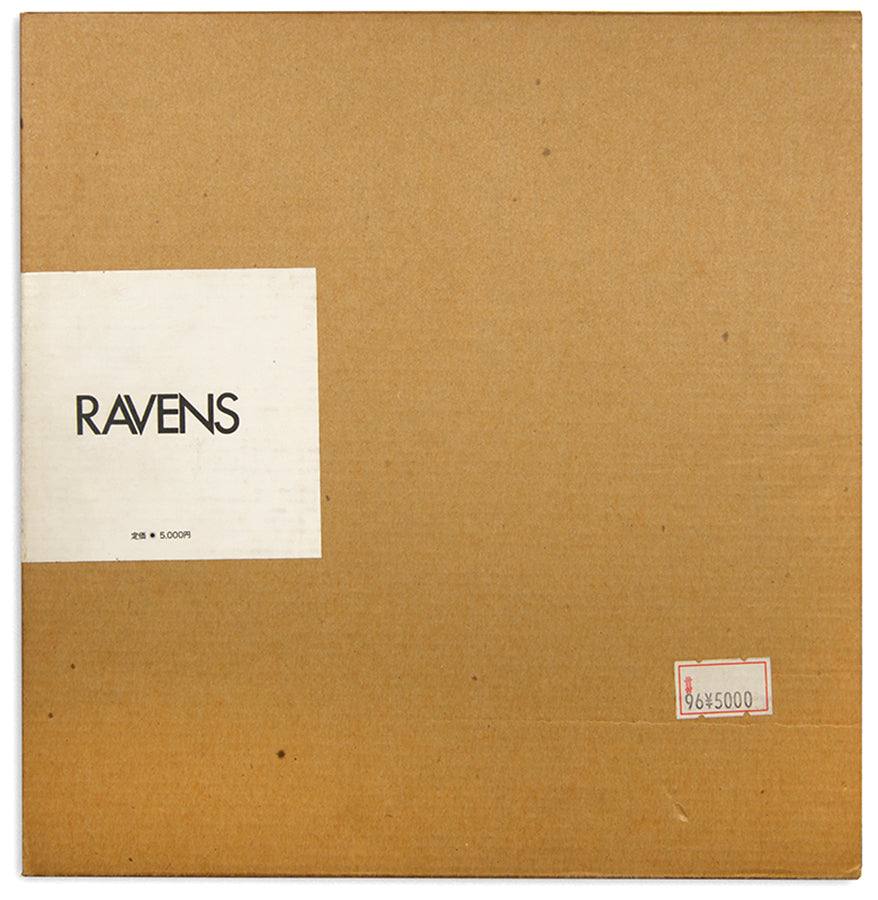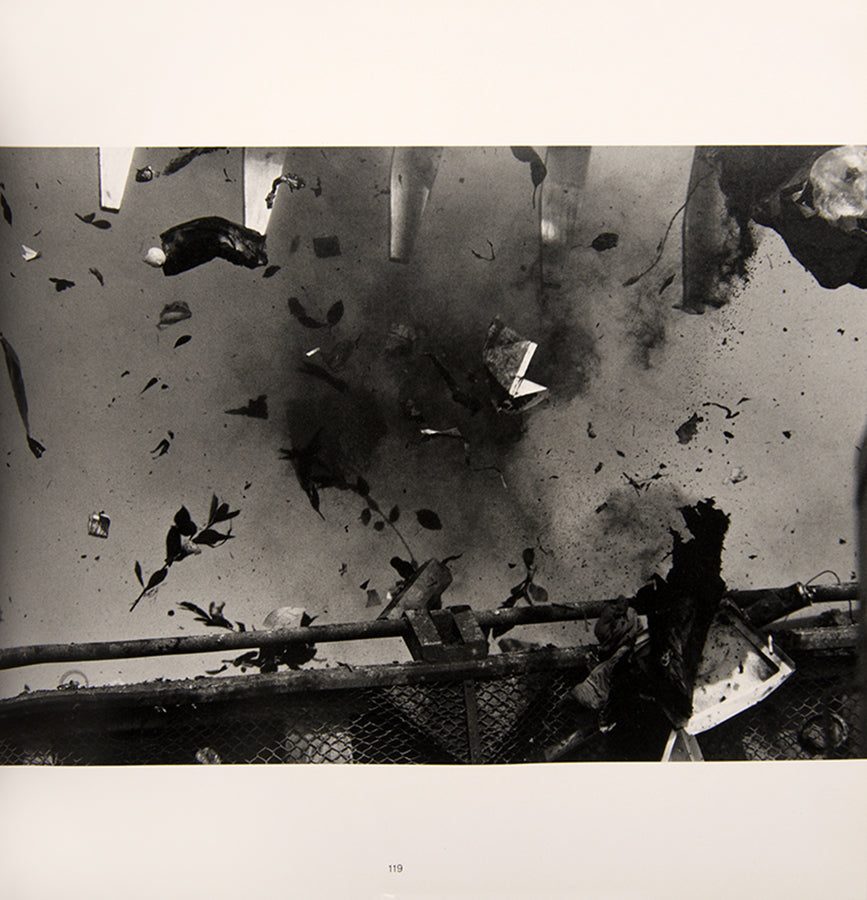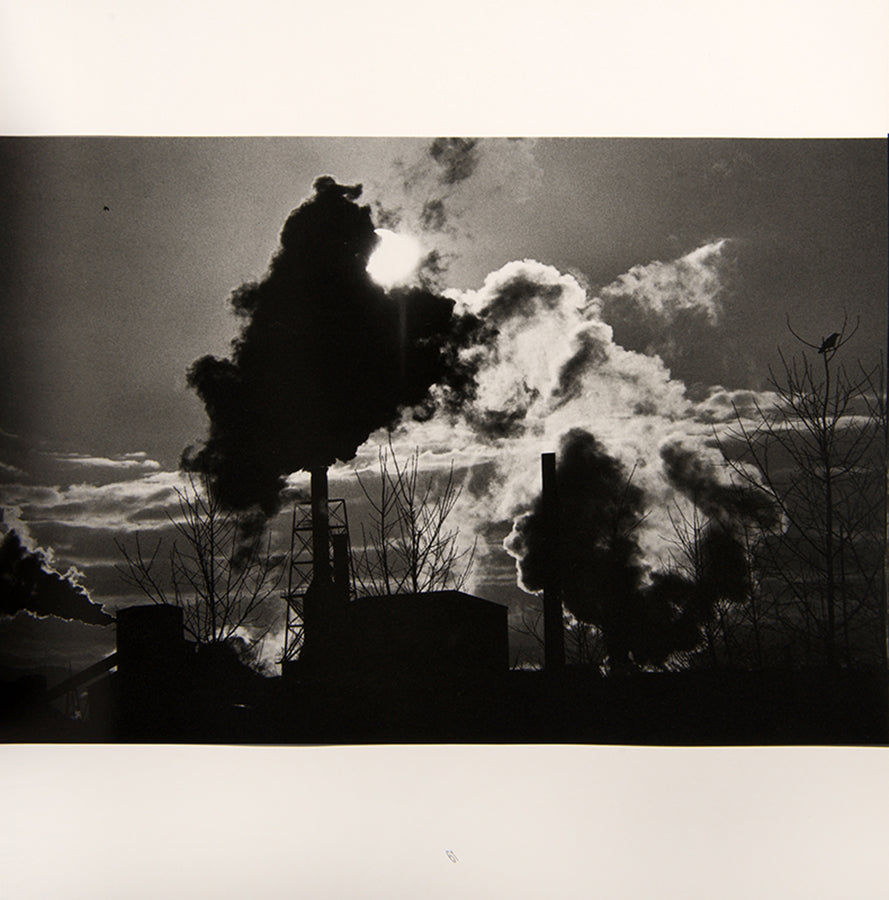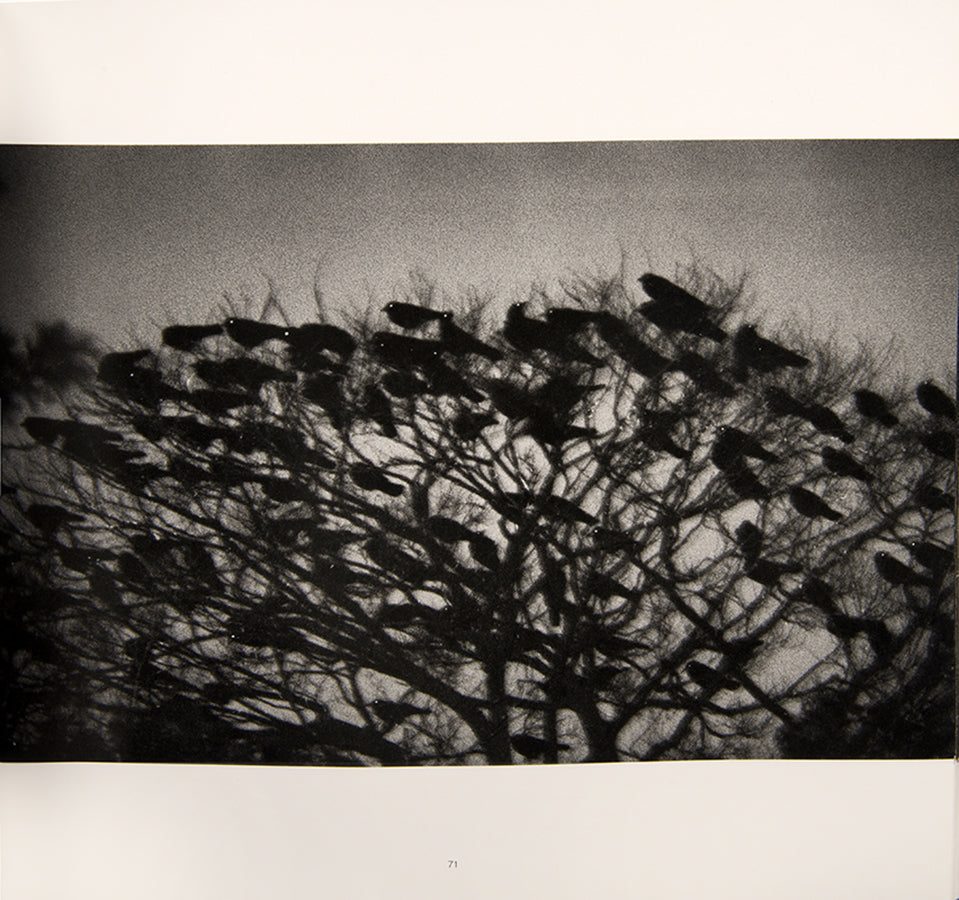FUKASE, Masahisa.
Karasu / Ravens.
Karasu / Ravens.
Stock Code 117441
Tokyo, Sokyu-sha, 1986.
a cornerstone in the history of Japanese post-war photography
Karasu / Ravens is Fukase's masterpiece, a cornerstone in the history of Japanese post-war photography.Masahisa Fukase (1934-2012) was born in Bifuka in Nakagawa District, Hokkaido, where his grandfather owned and operated a photographic studio. As a child and adolescent, Fukase assisted his father, who had inherited the family business. At the age of 18, he left Bifuka to study photography at Nihon University in Tokyo, graduating in 1956. His parents had expected that after completing his studies, he would return to Hokkaido to take over the family business. Instead, Fukase took a job with a commercial advertising agency in Tokyo so that he could be with his partner Yukiyo Kawakami, who later became his first wife. Their marriage ended in 1962, and the following year, he met Yohko Wanibe, whom he married in 1964 and who became the subject of much of his work over the next decade.
In 1971, Fukase began to make regular trips back to Hokkaido to visit his family. In 1975, with his marriage to Yohko under increasing strain, Fukase made the journey from Tokyo to Hokkaido by train, finding himself drawn to the flocks of ravens which he saw and photographed through the train window. He and Yohko divorced the following year, and Fukase spent much of the following decade working on this series in Hokkaido, Kanazawa, and Tokyo.
Popular superstitions in Japan associate ravens with misfortune, and Karasu / Ravens has been read as much as an allegory for the post-war collected Japanese psyche as for its representation of Fukase's mental state, foreshadowing the further deterioration in Fukase's personal life. In the years following the completion of the project, Fukase suffered a decline in both his physical and mental well-being. In 1991, he fell down a flight of stairs in his favourite Shinjuku bar and suffered severe brain damage, which left him with impaired speech and memory function. Unable to live independently, he was placed in a care home, where he died in 2012, almost certainly unaware of the vital contribution he had made to the history of photography.
First edition; 4to (257 x 257 mm, 10¼ x 10¼ in); black & white photographs, edited and with an essay by Akira Hasegawa in Japanese and English, design by Kazuyuki Goto; occasional offsetting as often, black endpaers, black cloth-covered boards with an image of a raven stamped to the sides in blind, publisher's card slipcase with printed label wrapping around spine on to sides, lightly rubbed, original price sticker, without glassine, near-fine; 132pp.
The Photobook: A History I, p306; 802 photo books from the M + M Auer Collection p663; Japanese Photobooks of the 1960s and '70s pp232-237; Charrier, P., 'Becoming a Raven': Self-Representation, Narration, and Metaphor in Fukase Masahisa's 'Karasu' Photographs, Japanese Studies, 29:2, 209-234.
Couldn't load pickup availability
Provenance
Provenance
Delivery
Delivery
We offer secure and express delivery on all local and international orders of rare books, maps and prints placed through this website.
About us
About us
Shapero Rare Books is an internationally renowned dealer in antiquarian & rare books and works on paper.
Our Bookshop and Gallery can be found in the heart of Mayfair at 94 New Bond Street, where most of our stock is available to view and on public display.
We exhibit at major international art fairs, including TEFAF (Maastricht and New York), Frieze Masters, Art Miami and Masterpiece London, as well as antiquarian & rare book fairs including New York, Paris, London, Los Angeles, San Francisco and Hong Kong.
Ask us a question
Ask us a question















